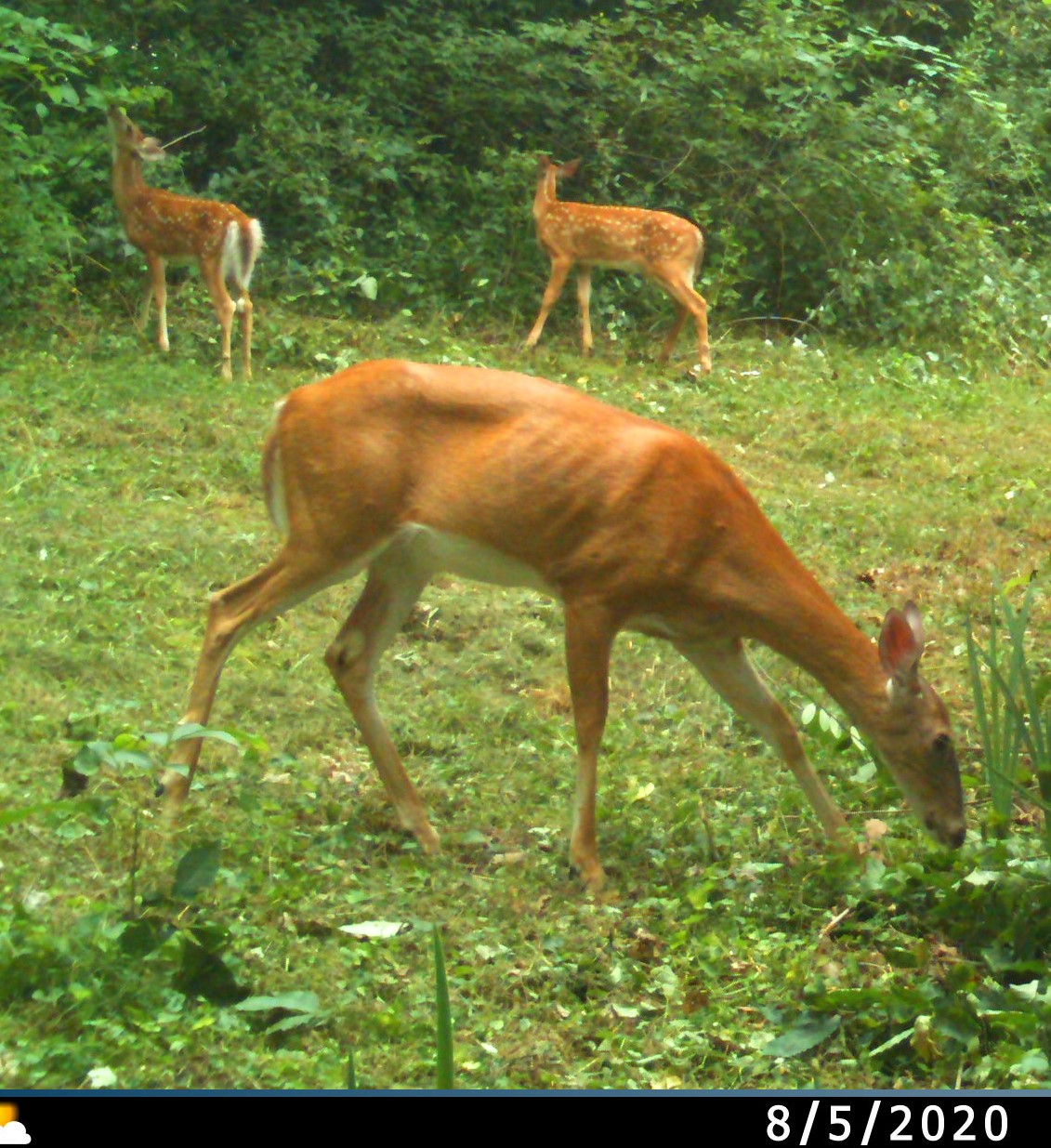

currently unavailable Edible Cherry Dogwood - Fruits in the Shade-Selected Plants that Produce Heavy Crops Every Year
Cultivated for use in sauces, conserves, and marmalades. Fruits are eaten fresh, dried, preserved in syrup, wine, sauces and unripe fruits pickled and made into olives. Similar in flavor to a very tart cherry. High in vitamin C and pectin. Fruits start ripening in August. No insect or disease problems associated with the fruit or tree. Bright yellow flowers in March. Always has a good crop of fruit.
My seed trees were grown from a selection with darker colored fruit that hang on to the trees longer making picking easier as the crop then ripens more consistently with better quality fruits. It is best to let fully ripen on the trees. The fruits will then taste much better when they turn from bright red to dark red. Although all dogwoods are essentially 'edible' this species really is the only one used to any extent because of its similarity to sour cherry and rich dark red sauce that can be easily produced.
My first introduction to this fruit was in a nearby arboretum who had a few shrubs of it. Because of the bright yellow flowers in February and March flowering when nothing else is, it is easy to spot in a landscape. I sold some of these seedlings I was producing to a university and today you can spot these beautiful plants along a walkway but far enough in not to drop fruit on the sidewalk. Once when I was collecting in a parking lot in downtown Kalamazoo, many people stopped by to see what we were doing. Several people commented that they harvest these in their home country including Iraq and Romania. Such a widespread plant used by many cultures. Because of its wild grow on its own nature, it does self seed to some extent and I usually find these seedlings under trees and prune around them letting them fruit in the shade of my nut and oak trees. I hope others enjoy this same characteristic of this healthy fruit plant. Fruits ripen in July and August here and can be shaken from the limbs or picked by hand in huge clusters.
This cornelian cherry seed strain needs little improvement or selection but could be developed further via culinary uses and processing with other fruits as drinks and spreads.
| Plant Specs |
| Genus & Species |
Cornus mas |
| Seed Source |
Michigan |
| Hardiness |
-30F |
| Height (ft) |
20 |
| Width (ft) |
15 |
| Pollination Requirements |
Self fertile but may benefit from additional pollinators. |
| Soil |
Almost anything from rock to clay. |
| Climate |
Zones 3-9 |
| Ease of Cultivation |
Anyone can grow it. From seed it takes about 4 -6 years to fruit. Once fruiting the yields increase exponentially. Prolific and delicious. Surprising that agroforestry has not embraced this plant as a healthy alternative of sour cherry and can be grown in conditions where sour cherry does not grow. |

